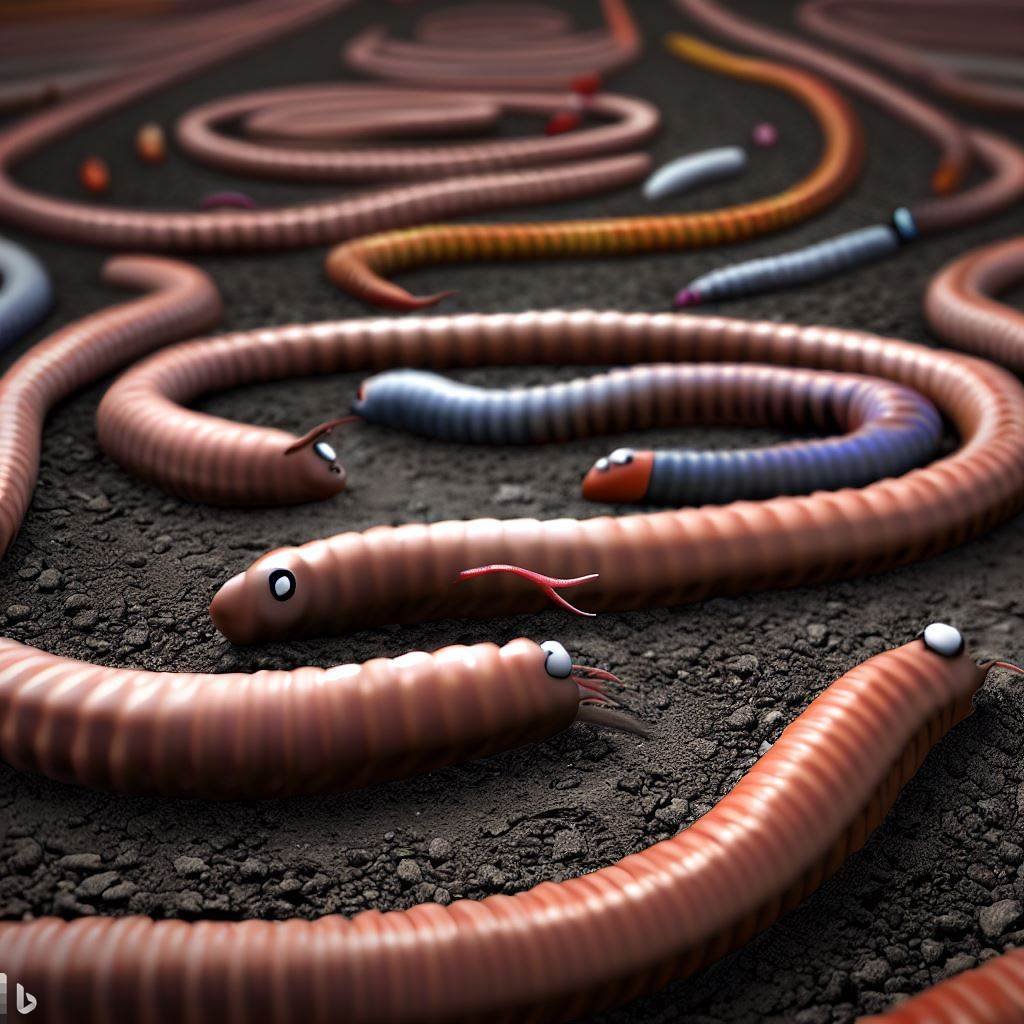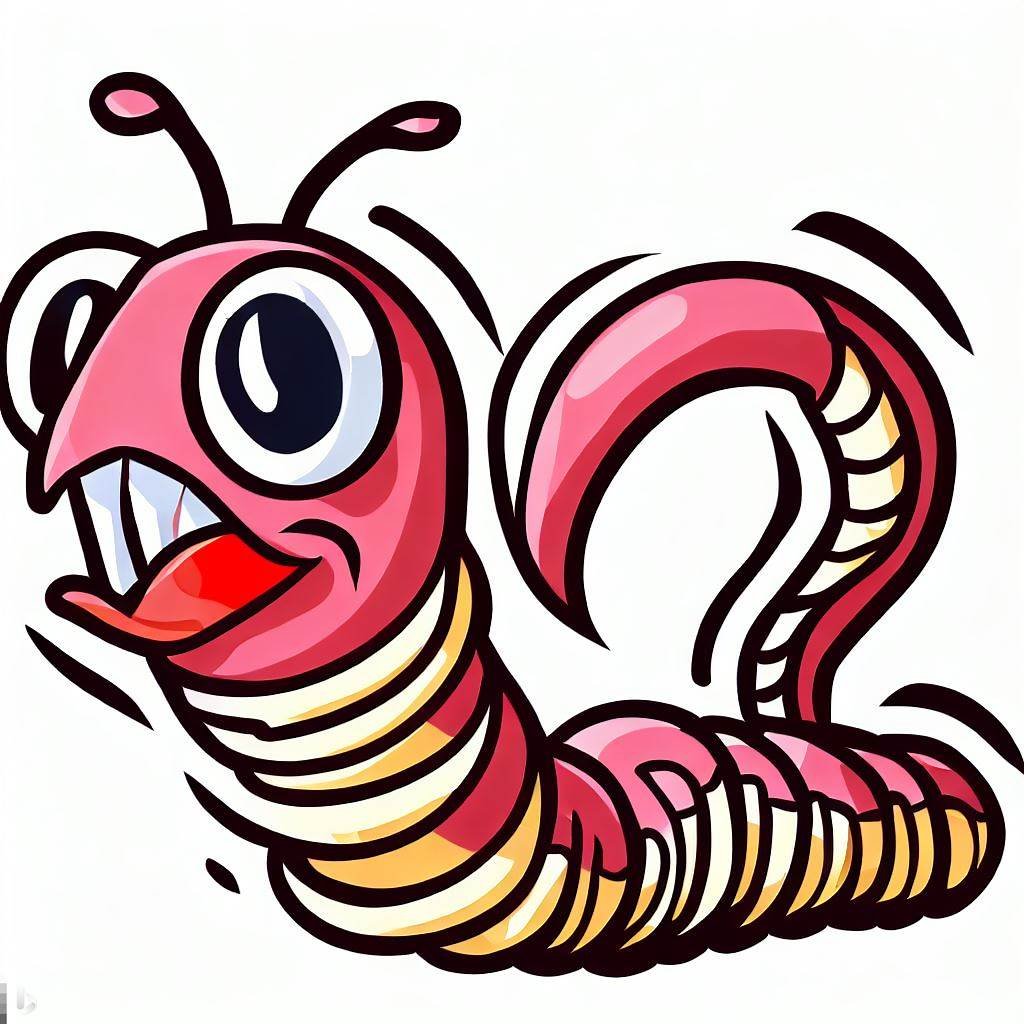There is a new environmental scourge in the United States, and believe it or not it’s a exotic worm! It’s the Asian jumping worm. You really can’t make this kind of thing up, at least I couldn’t, and I’m told I have a pretty good imagination. Asian jumping worms are from the genus Amynthas, including Amynthas agrestis and Amynthas tokioensis, are non-native to the United States. Now it’s a new scourge from Asia that is rapidly spreading across the United States.
Colloquially called an “Alabama jumper”, “crazy jumping worms” or “snake worm”, the Asian jumping worm is a relatively new invasive species here in the midwest. It’s native to Japan and the Korean Peninsula, but I’ve seen two so far, both at a friend’s farm in Illinois. They were traveling so quickly through the grass, at first I thought they were small snakes. Imagine my surprise when the “snakes” ended up looking like earthworms. Then when I picked one up, it looked exactly like your run of the mill “nightcrawler”, which by the way, is also an invasive species here in the United States too.
Named “dew-worm”, “rainworm”, “nightcrawler”, and “angleworm”, but more properly known as the European earthworm, the Lumbricus terrestris worms we grew up with and called nightcrawlers are quite beneficial to soil. The are working hard around the clock, their digestive system turning leaves and other organic matter into a rich soil supplement called “castings” or “earthworm castings”. To gardeners, earthworm castings are relatively valuable, a twenty pound bag will cost somewhere around $20.

Like our European earthworm friend, Amynthas earthworm species also feed on leaf litter and mulch. Unfortunately, the similarities to Lumbricus end there. The Asian jumping worms are native to Japan and the Korean Peninsula. They were introduced to North America as early as the late 19th century, perhaps in the root balls of ornamental trees.
I’m speculating on the source as root balls because there are Gingko trees on the grounds of my former school, Rivermont Collegiate, which were transplanted from China. I should stress that I never saw an Asian jumping worm on school grounds. I simply use it as example of agricultural transplants from Asia. Also, it’s 100% my own speculation on the way the Asian worms were transported – all we really know for sure is that they are here and are spreading.
When jumping worms take over, it can have a very real negative effect on the soil environment. The soil left behind by Amynthas seems to be the exact opposite of earthworm castings. Amynthas poop (castings) are dry and grainy, like coffee grounds, not nutritious and almost creamy like worm castings. Amynthas deplete soil of nutrients, damage plant roots, deprive trees and other plants of essential nutrients, and alter the soil’s water holding capacity. They are bad news.

Across the Midwest, the plague or exotic Asian jumping worms continues. Found in Minnesota in 2006, they showed up in Wisconsin in 2013, in Illinois around 2016, and then in Iowa about 2018. There’s no telling for sure, but they very likely were in all of those states for years before they were discovered.
We do know a fair number of states already have infestations: New York, Missouri, Illinois, Wisconsin, Iowa, Kansas, Nebraska, Oklahoma, Texas, Louisiana, Indiana, Minnesota, Indiana, Kentucky, Tennessee and Ohio. I’m guessing they are already in a number of other states too. For instance, if Asian jumping worms are in New York and Ohio, it would make sense to me that they would also be found in Pennsylvania.
To my mind this is a real threat, albeit a slowly developing one. Our forests have taken such a beating already from threats such as the Asian Longhorn Beatle and the Emerald Ash Borer, and a host of others, not to mention issues adapting to a changing climate. If the local weather proves inclement, critters can vote with their feet, so to speak. But for our forests and the individual trees that make up the forest, there’s a different story.
There is real tragedy currently happening in our forests, so many trees (and the forests they make up) are sick and dying. The fact that my worms ran away seems like small potatoes, but still, I will always wonder why…






